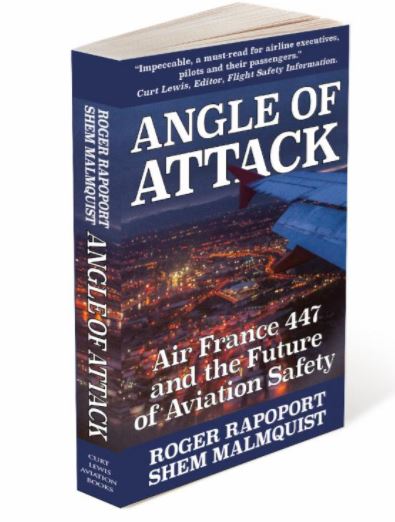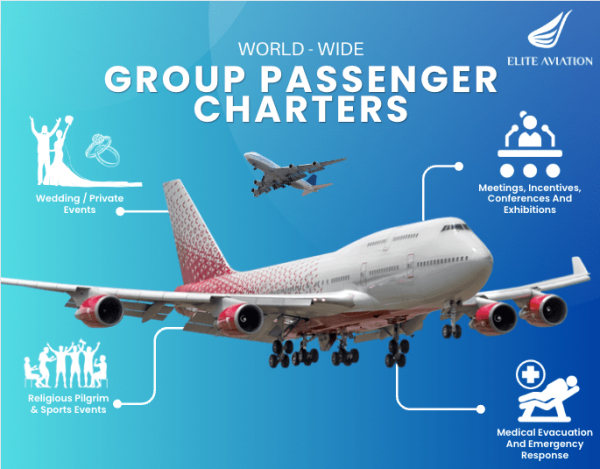[ad_1]
As pilots we need to make decisions based on reality. Anything else can lead to a very bad outcome, but what is reality and can we perceive the difference between reality and perception?
We live in a probabilistic world. This may seem counterintuitive, and it may be true that there is an objective reality somewhere – a deterministic reality where an input leads to a very clear output – but even if that is true (and it is not clear that it is), we cannot perceive it as such as we are limited as to what we observe by our own senses.
Is that color depicting the oceanic areas on the map at the top of this page blue? This perception will depend on the individuals color perception. A person that is color blind might perceive that area differently than someone who is not, but what the color blind person perceives is the reality to them.
Each person differs in their individual perceptions, and thus, their concept of reality is tainted by deficiencies in their own sight, hearing, sense of touch or equilibrium. Their perception is further impacted by biases that they might have (as discussed in my previous post here) and other factors such as fatigue.
Human reaction is based on what we believe is most likely to be true given the combination of what we perceive as filtered through the factors described above. If we are aware of something that might impact our ability to discern objective reality (such as a color blind person described above might do) then we will adjust our estimate of the probability that we are correct accordingly.
As a pilot we are even more removed from reality than most as we perceive a world that is far from what we evolved to be able to perceive. There are many examples of this. Accelerations distort our reality and we need instruments to be sure which way is “up”. On landing in a big airplane we will perceive motion based on what our bit of the airplane is doing which can be quite different than what is happening at the landing gear.
Pilots are particularly dependent on the probability of the situation but must be constantly aware that what they are perceiving might not be reality. Are our instruments correct? Is the sense of acceleration due to our pitch attitude or our forward acceleration? Is that apparent increase in height due to our local changes or is the airplane actually changing height? We cannot trust anything that we see but must weight all of it based on conditional probabilities. Is X true given Y? Are there other factors that will make it not true? As pilots we make these determinations through experience and it would be the rare pilot that would calculate the probability using something like Bayes theorem. Regardless, we constantly need to second guess our assumptions and reassess as new information comes in. Is there evidence to support what we believe to be true? How reliable is that evidence? Is that actually evidence or just what we want to believe? These are the types of issues that can lead a pilot to pressing on into bad weather or with insufficient fuel just wanting to believe their own construction of reality. The same is true of a pilot descending into terrain.
Risk assessment. It is what we do and pilots are quite good at it but we need to constantly train our brains to ensure that we are making decisions based on actual evidence and not what we believe to be true as a consequence of bias and perceptual limitations.
==============================================
[ad_2]
Source link



